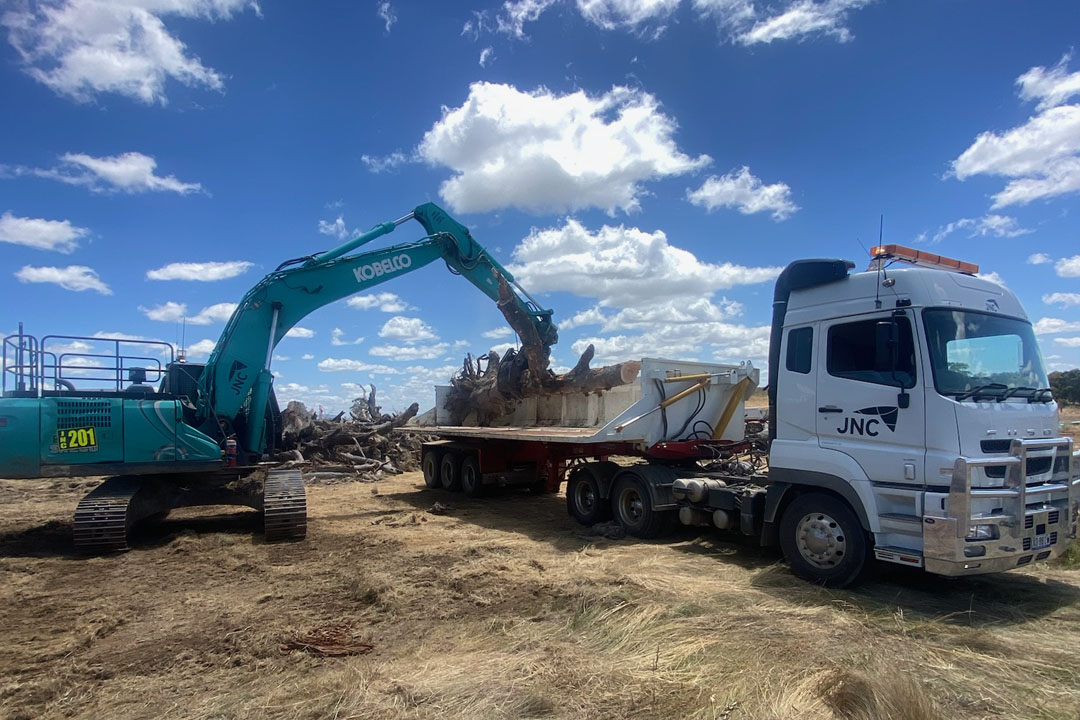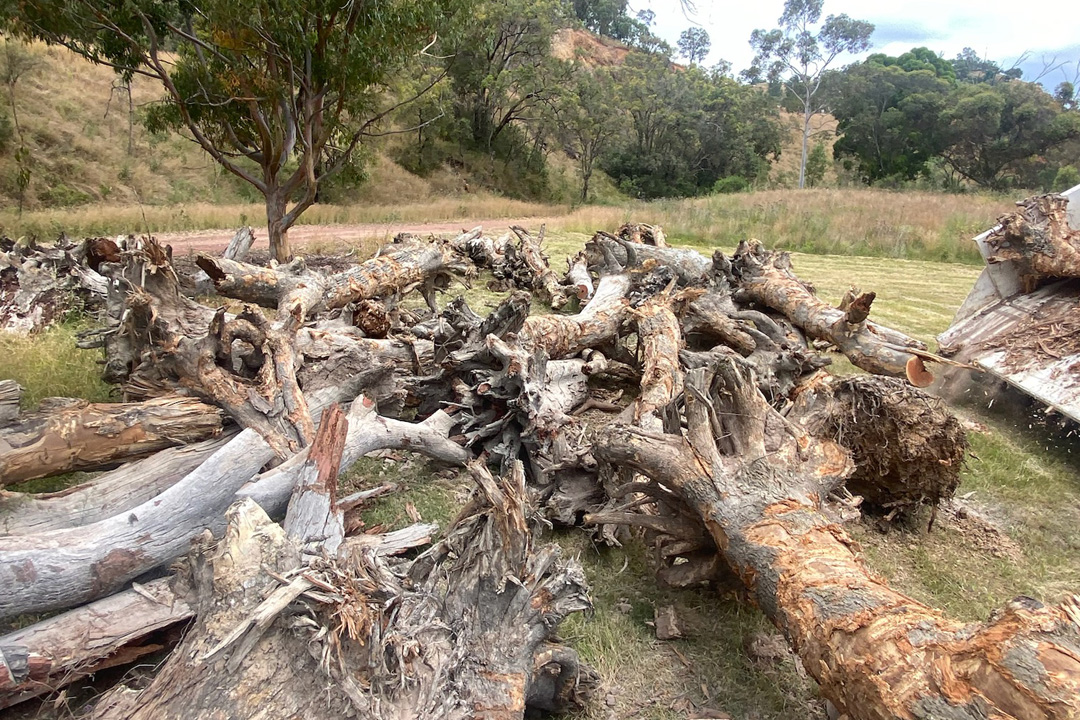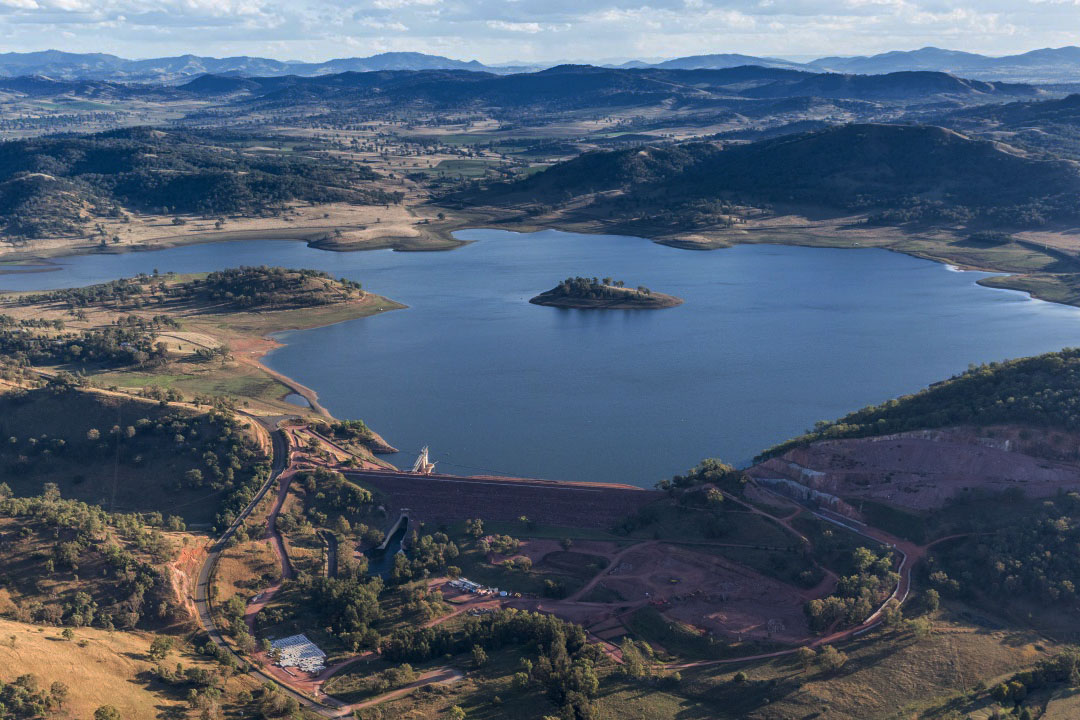Native fish and river health are the winners as two sustainability initiatives join forces in northern NSW. Trees removed for the New England Solar project at Uralla will be re-used as snags in the Peel River near Tamworth as part of WaterNSW’s Chaffey Dam pipeline biodiversity offset plan.
WaterNSW will begin to install snags in the Peel River between Chaffey Dam and Tamworth in early 2023, creating more habitats for native fish and helping improve river health.
Fifty hardwood trees of varying lengths will be installed along a 30-kilometre stretch of river downstream of Chaffey Dam towards Tamworth.
Each snag will be placed carefully in the river to reduce erosion by protecting riverbanks, and to maximise the effectiveness as aquatic habitats. Macroinvertebrates, or water bugs, graze on the wood and microbes that grow on the snags, which provide food and protection for native fish, frogs and birds.
Snags are a natural feature that accumulate over time as trees, branches and root masses fall into rivers due to flooding, bank erosion, wind or limb shedding.
As part of the Chaffey Dam pipeline biodiversity offset plan, WaterNSW identified the most sustainable option was to re-use trees that had already been cut down. That’s where WaterNSW’s local connections came in, leading to the offer from New England Solar of trees that had already been cut down for its solar farm at Uralla.
“New England Solar had some suitable gum trees that had already been cut down and would otherwise have been mulched, and we needed trees that had already been cut down to re-use as snags in the Peel River,” WaterNSW construction manager, Russell Sainsbury, said.
The trees have already been transported from the solar farm at Uralla to Chaffey Dam, and will be installed during the first half of 2023.
“There is a lot of science and engineering that goes into the placement and orientation of snags in a river,” WaterNSW project manager, Iris Bienert, said. “We’ll be getting expert advice to help place each individual snag in to maximise ecological effectiveness.
“When the re-snagging project is complete, we’ll be monitoring fish numbers and other populations in the area as part of the biodiversity offset plan.”
The Peel River is home to many native fish including the endangered silver perch and Murray cod, the elusive eel-tailed catfish, as well as platypus. Many of these species rely on snags to rest from fast river flows, shelter from predators, and as sites to attach eggs during breeding.





